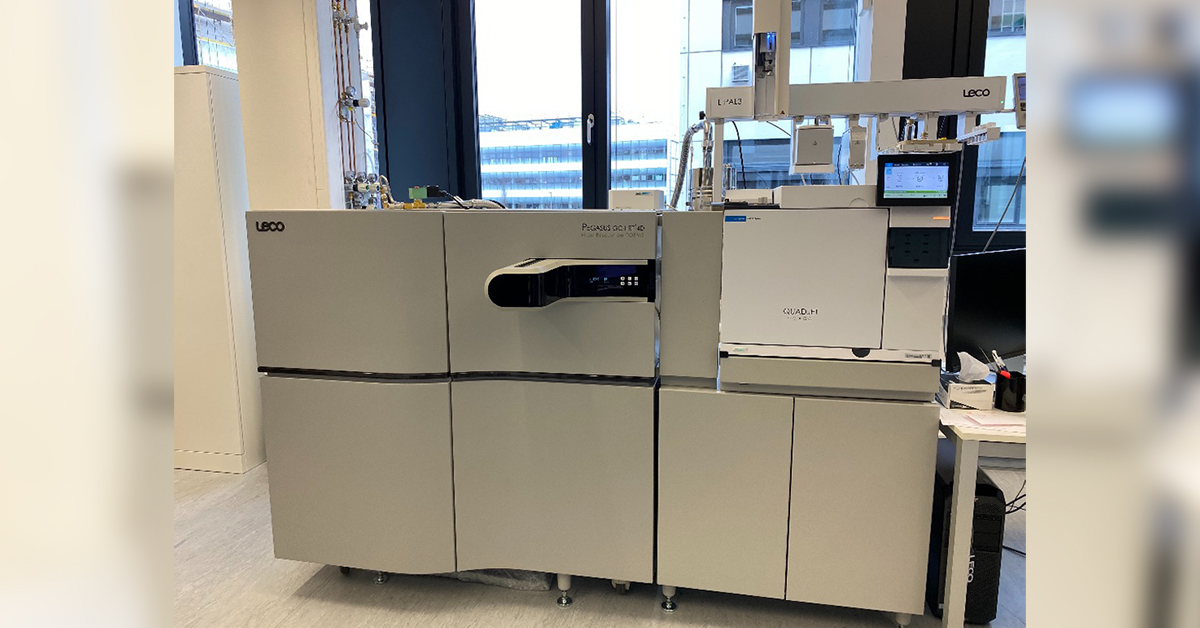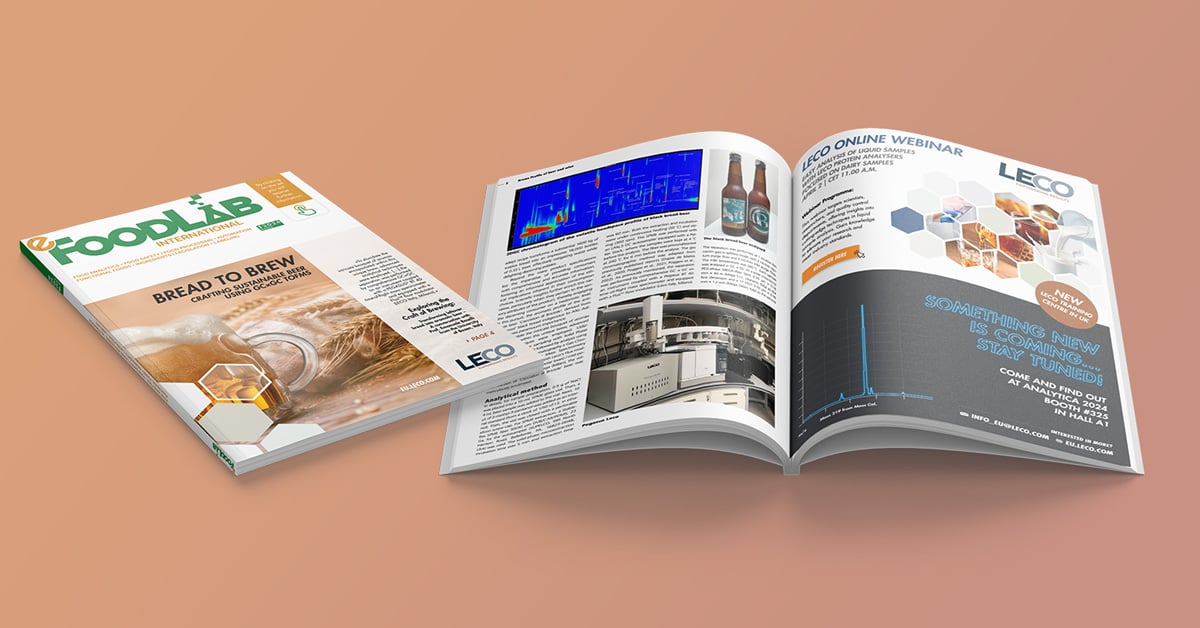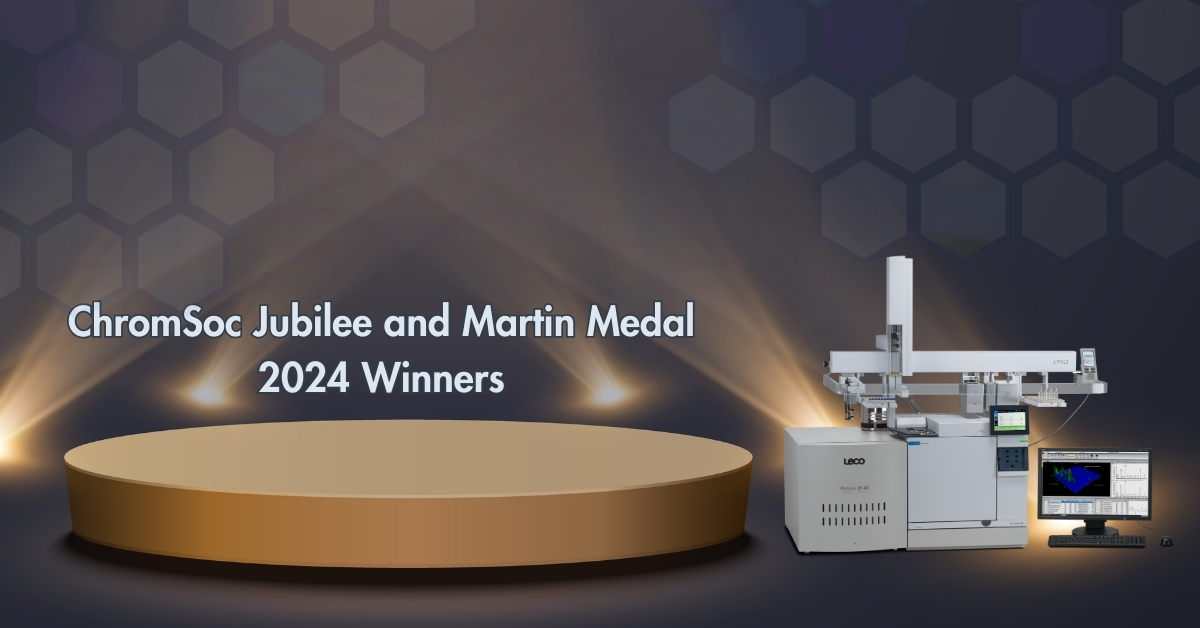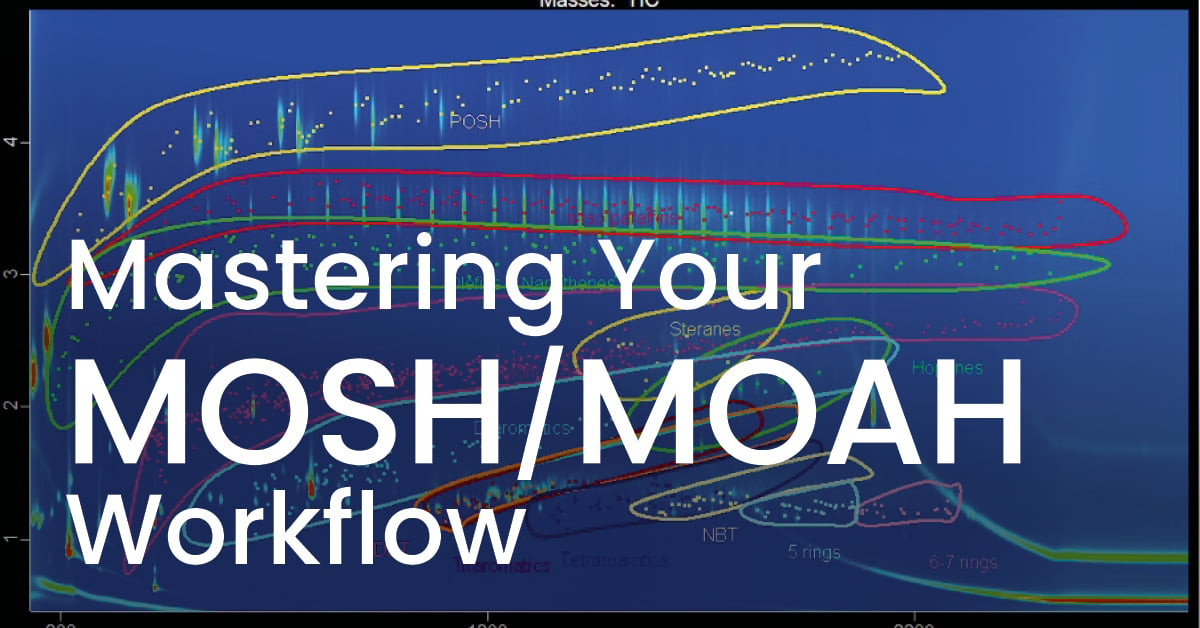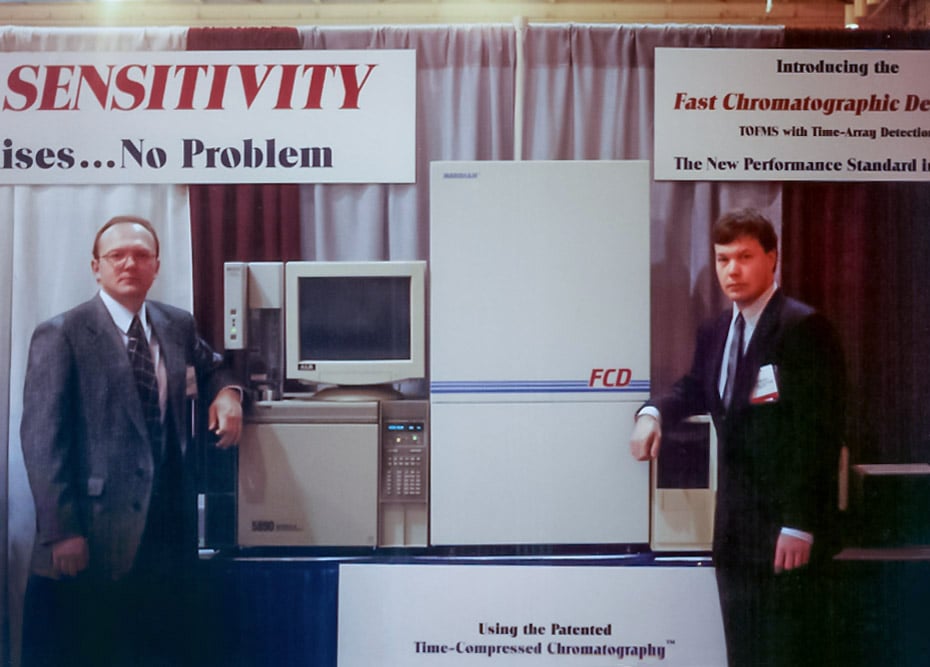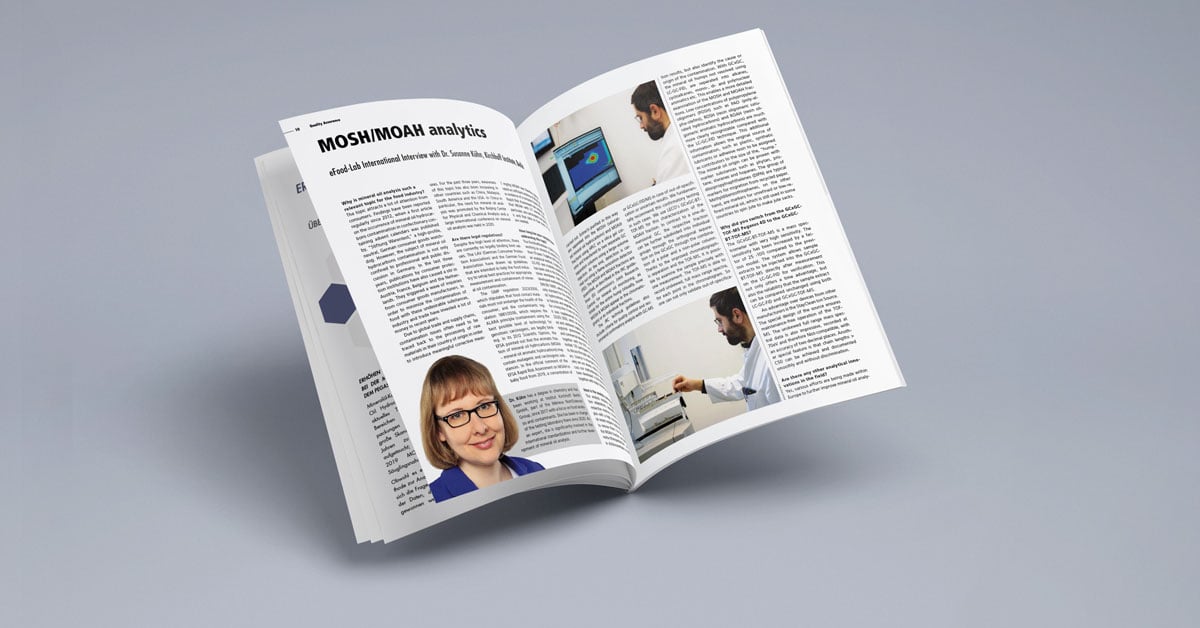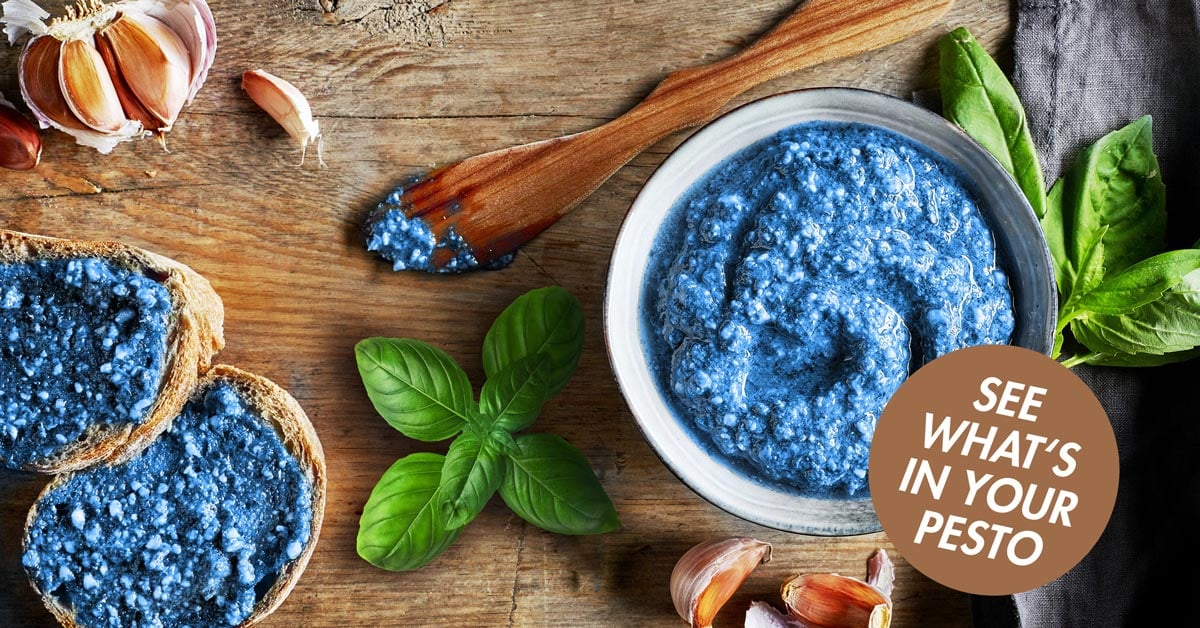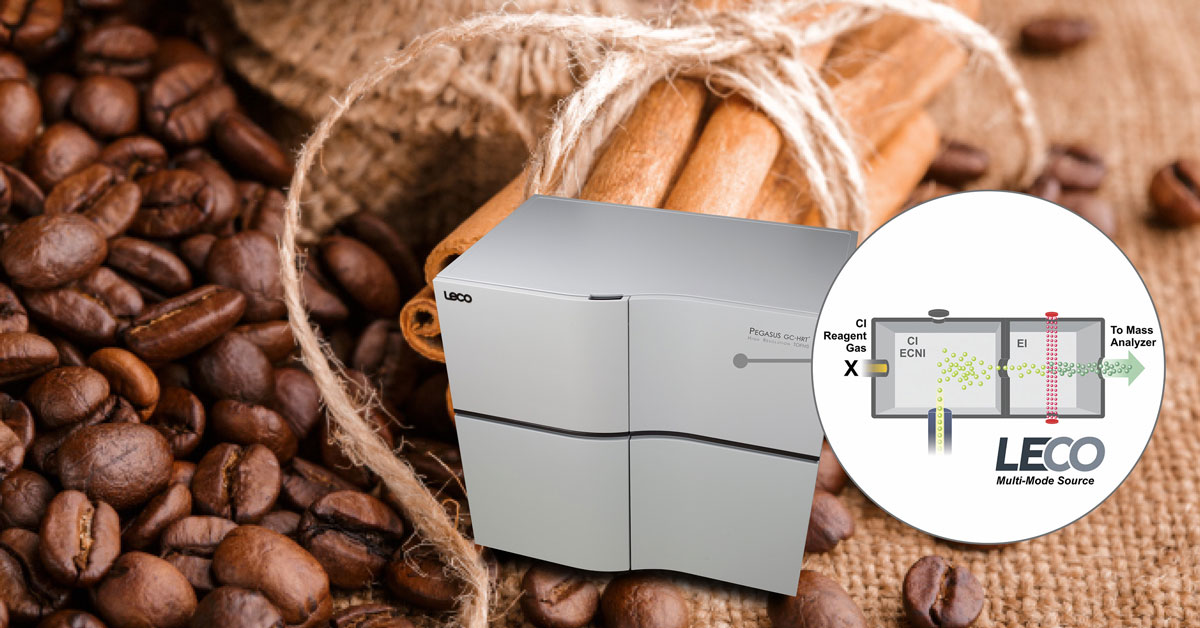While time-of-flight mass spectrometry (TOFMS) was first proposed in 1946, the technology simply didn't exist to allow for fast enough processing speeds to make it widely viable until 1995, when the Fast Chromatographic Detector was debuted at Pittcon. This group went on to join LECO and create the world's first commercial GC-TOFMS, the PEGASUS®, in 1997. Ever since then, technological capabilities have exploded. One-dimensional GC-TOFMS and multi-dimensional GCxGC-TOFMS are powerful and provide rich and highly informative data. If you have a number of samples to study, the volume of data produced might seem overwhelming. However, LECO's data analysis add-ons for ChromaTOF brand software, ChromaTOF Tile and ChromaTOF Sync, have once again pushed GC-TOFMS capabilities beyond what was previously feasible.
Read More…

